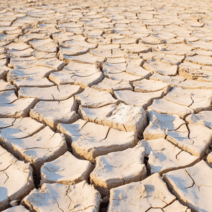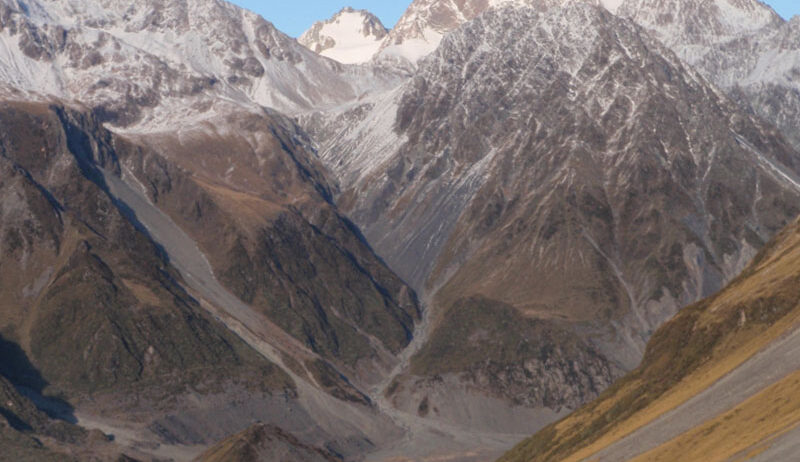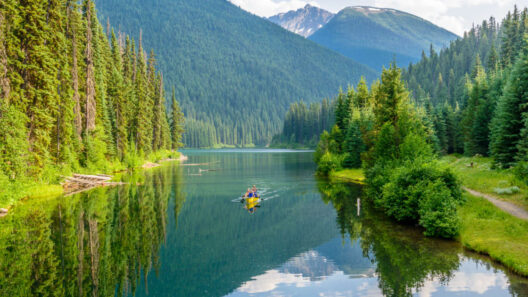New Zealand’s climate is often described as one of the most diverse in the world, encapsulating a microcosm of the planet’s various weather systems and regions. From the subtropical Northland to the temperate southern regions, one can experience a remarkable array of climatic conditions over short distances. There’s a popular saying here that one can experience “four seasons in one day,” an expression that captures the rapidly changing weather patterns characteristic of the nation. Understanding New Zealand’s climate requires a deeper dive into its geographical diversity and meteorological intricacies.
New Zealand is primarily characterized by a maritime climate influenced by the surrounding Pacific Ocean. This maritime aspect ensures that the temperature variations between summer and winter are relatively moderate. Coastal areas typically enjoy mild winters and warm, humid summers, while the interior regions experience more severe temperature fluctuations. The North Island tends to be warmer overall, particularly in the north and during the summer months, while the South Island can be subject to harsher weather conditions.
The geographical orientation of New Zealand is another pivotal element in its climatic narrative. The country is essentially divided by the Southern Alps, a formidable mountain range that runs down the spine of the South Island. These mountains create a stark rain-shadow effect. On the western side, particularly in places like Fiordland, one will encounter some of the highest rainfall in the world, fostering lush temperate rainforests. Conversely, the eastern regions, including Canterbury and Marlborough, receive significantly less precipitation, resulting in a drier climate that favors agricultural pursuits such as viticulture and pastoralism.
Seasonality also plays a significant role in New Zealand’s climate. Summer, spanning from December to February, brings warmth and longer daylight hours, perfect for outdoor activities and explorations. Temperatures can soar, particularly in cities like Auckland and Wellington, often exceeding 30°C (86°F). However, summer is also a period of changeable weather; sudden rain showers can be as common as sunny skies, reflecting the unpredictability of the climate.
Autumn, running from March to May, serves as a transition period where temperatures begin to cool, and the foliage transforms into stunning hues of red, orange, and gold. This season is often marked by settled weather, providing a favorable environment for harvesting crops and enjoying outdoor festivities. Apart from visual splendor, autumn is also significant as it heralds the start of the grape harvest, essential for the renowned wine industries of regions like Hawke’s Bay and Otago.
Winter, from June to August, presents a completely different tableau. The Southern Alps become a playground for winter sports as snow blankets the mountains, attracting skiing enthusiasts from around the world. In valleys and plains, temperatures can fall below freezing, particularly in areas like Central Otago. One might think of this as a dormant phase for much of the natural world, yet it is when the lushness of spring is nurtured. The cold provides the necessary chill for certain crops, ensuring a vibrant resurgence as the seasons change yet again.
Spring (September to November) is perhaps the most emblematic season of the phrase “four seasons in one day.” During this period, weather conditions can oscillate dramatically. A sunny morning may abruptly yield to abrupt showers, only to see the sun reemerge a short while later. This volatility results in a flourishing environment, as the land awakens, and flora bursts into color. Many parts of the country come alive with blossoms, making it an ideal time for botanical enthusiasts and photographers.
However, interspersed across the definition of each season is an urgent conversation regarding climate change. With changing weather patterns, the once-predictable seasonal transitions may become increasingly erratic. Rising temperatures, sea-level rise, and shifting rainfall patterns pose threats to New Zealand’s unique ecosystem and biodiversity. The impacts can be seen in the alteration of seasonal markers; industries depending on predictable weather patterns—such as agriculture and tourism—must adapt swiftly to the changing climate.
The general public’s awareness of climate issues is rising, and this change in awareness is crucial for future sustainability efforts. Recognizing the beauty of New Zealand’s four seasons can prompt deeper reflection on the environmental challenges facing the country. Are we willing to preserve the diverse climatic tapestry New Zealand offers? Encouragingly, local initiatives are sprouting, aiming to foster sustainable practices and promote ecological awareness.
Outdoor education, environmental advocacy, and community-driven projects are crucial in developing a conscious population invested in counteracting climate change. As awareness burgeons, citizens are increasingly empowered to take tangible steps toward sustainability—whether through reducing carbon footprints, supporting local produce, or advocating for conservation policies.
New Zealand’s climatic dichotomy—where one can witness four seasons in mere hours—is not merely a whimsical saying but a profound call to appreciate and preserve the planet’s wonders. As climate change continues to metamorphose regional weather patterns globally, understanding the nuances of New Zealand’s climate may illuminate pathways to resilience and adaptability. While the earth presents us with beauty, it equally challenges us to be stewards of the land, ensuring that future generations can revel in the splendid array of seasonal wonders that New Zealand offers.








